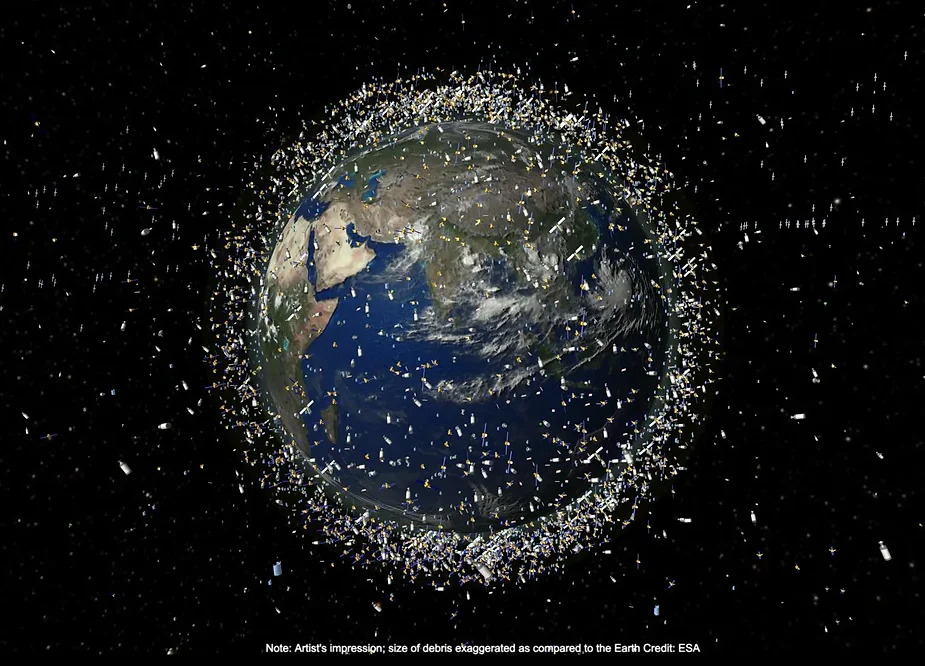The proliferation of space debris is rapidly emerging as a profound challenge for satellites’ safe and sustainable operation and space exploration endeavors. This mounting concern calls for innovative solutions in space debris remediation and satellite refueling. However, pursuing these solutions is far from straightforward, as international regulations, most notably the International Traffic in Arms Regulations (ITAR), introduce a layer of complexity and regulatory oversight.
Let’s look at some of the technologies that may raise ITAR issues while dealing with Space debris mitigation:
- Vacuum, Nets, Balloons (for redirection and causing objects to de-orbit or even potential collection and return to Earth)
- Laser (to deflect and cause an object to de-orbit)
- Refuel satellite/On-orbit services (to propel to graveyard orbit or create longer life or de-orbit the object quicker and more controlled)

Vacuum, Net, and Balloon Technologies
- Transfer of Control: The act of transferring control of a U.S. satellite or space debris, even temporarily, to a foreign entity employing remediation technology, typically before the de-orbiting process, is likely to be considered an export of the satellite or space object.
- Foreign Satellite use by U.S. company: If a U.S. company utilizes the technology on a foreign satellite, it may be viewed as an export of a defense service, raising potential export control considerations.
- Sharing Technical Data: Sharing technical data with a foreign entity, whether it is to facilitate the use of vacuum, net, or balloon technology to capture a U.S. satellite or space object or if a U.S. entity is providing space debris remediation services and needs to share technical data with the foreign owner of the satellite or space object, can also be deemed an export activity. Sharing technical data can give rise to export control implications and regulations.

Lasers
- Laser Operation and Technical Data Sharing: When operating a laser for space debris remediation, it may necessitate the sharing of technical data concerning a U.S. satellite or space object with a foreign entity. Conversely, it might also require a U.S. laser operator to share technical data with a foreign satellite or space object owner.
- Control and Export Considerations: It remains unclear whether the level of control gained by a foreign entity employing a laser is sufficient to be classified as an export of the laser device itself. However, it is worth noting that a laser can be used to influence the de-orbiting process in some capacity.
- Foreign Satellite Owner and Defence Service Export: If a foreign satellite or space object owner receives debris remediation services involving the use of a U.S. laser, this may be regarded as an export of a defense service, raising potential export control and regulatory implications.
On-Orbit Services
- Technology Exchange for Satellite Refuelling: When U.S. technology is used to refuel a foreign satellite, or conversely, when foreign technology is employed to refuel a U.S. satellite, it is highly probable that an exchange of technical data will be necessary to facilitate these operations.
- Foreign Technology and Satellite Control: If foreign technology docks with a U.S. satellite and temporarily assumes control of the U.S. satellite during the refuelling process, this act alone may meet the criteria to be considered an export, potentially triggering export control regulations.
- US Technology Refuelling Foreign Satellite as a Defence Service Export: When U.S. technology is used to refuel a foreign satellite, this action is likely to be categorised as an export of a defence service, which may entail adherence to export control regulations and requirements.
Do not forget to screen your ADR/OOS* technologies and perform end-use checks before deployment of space operations!



